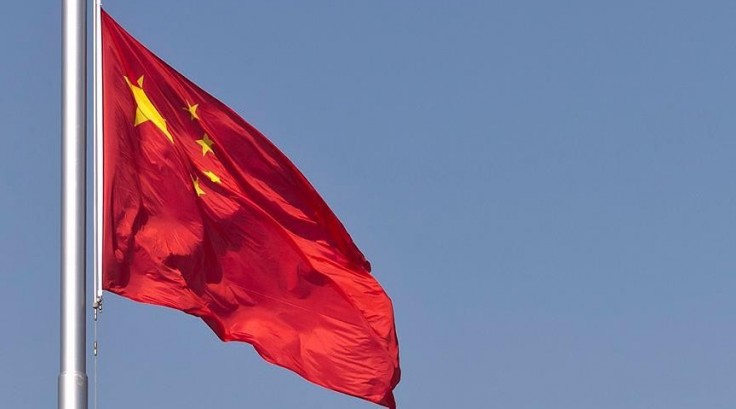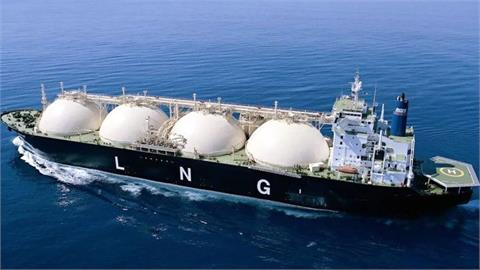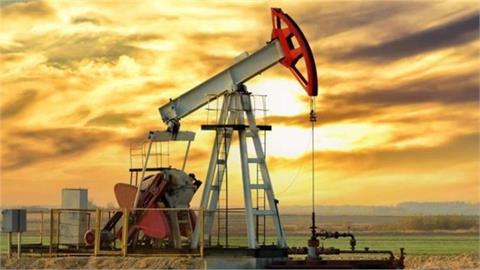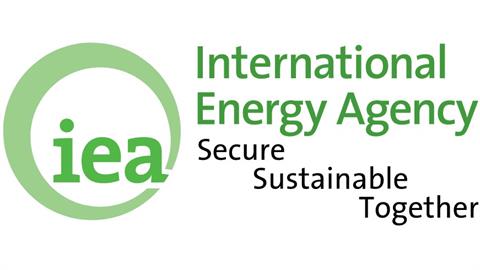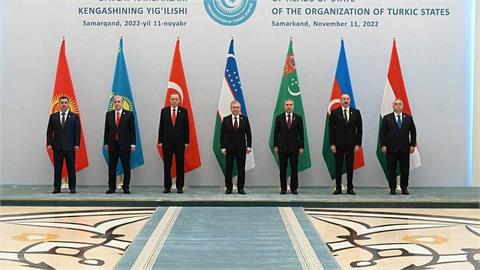by Ersin Merdan* China’s new role as an economic powerhouse is coming to an end following decades of double-digit growth. The retreat in this growth is evident with falling coal and iron consumption, diminishing manufacturing indices as well as the reduction in capacity of heavy industries for the first time after the global financial crises
China’s new role as an economic powerhouse is coming to an end
following decades of double-digit growth. The retreat in this growth is
evident with falling coal and iron consumption, diminishing
manufacturing indices as well as the reduction in capacity of heavy
industries for the first time after the global financial crises. Leaders
in China described this new phase of economic growth as the ‘new
normal’, driven by slower but sustainable economic growth in which
domestic consumption has become the new target rather than exports.
In
the country’s twelfth Development Plan, covering the period between
2011 and 2015, further emphasis was put on GDP growth, set at 7 percent.
After seeing a growth of over ten percent in the last two decades, the
Chinese economy slowed down and its economy grew by 7.4 percent for the
first time in 2014 and subsequently growth further slowed down. The
commencement of this new period will have far-reaching implications for
the governance of natural resources both for China and the world in the
years to come.
The vision in the development plan will no doubt
require China to take a more active role in global resource governance
with the aim of mobilizing Chinese businesses, universities as well as
NGO’s both at national and international level.
The global slump
in commodity prices that started as early as 2011 has further
accelerated China’s plan to a shift to a slower but higher economic
growth model, dubbed as the ‘new normal’. Prices for copper, gold,
aluminum and coal, which have been at their lowest levels following the
global financial crises, along with the plunge in oil prices at the
beginning of 2014, have put a further downward pressure on global
commodity prices.
Major steps taken in previous years give
initial clues that China’s leaders have different development plans on
their minds. The introduction of an ‘ecological civilization’ back in
2007 was one of the initiatives that recognized the early need for a
shift to an environmentally sustainable path to tackle the domestic
challenges stemming from the early development path. As a guiding
principle, the ‘ecological civilization’ aimed at forming higher quality
growth by building sustainable cities with improved air quality and
city planning, supported by environmentally friendly economic growth.
Among
that many challenges that China could possibly face in the coming years
with the shift to the new normal is inextricably linked to how China
will respond to the decoupling of its economic growth from that of
carbon emissions. In the thirteenth five-year plan, covering 2016 to
2020, the program was based on increased efficiency, greater
competitiveness and structural reforms to help the Chinese economy avoid
unnecessary energy and resource consumption.
The State Council
issued another milestone initiative called ‘Made in China 2025’ as
another step towards upgrading China’s role from a manufacturer of
quantity to that of quality. Within this program, the fostering of
innovation, the rise in overall quality in manufacturing as well as the
creation of green growth and greater energy efficiency were outlined.
Given
that China has been the world’s largest energy consumer and greenhouse
gas emitter with an economy that saw a seven-fold growth from 2000 to
2014, and its energy consumption triple within the same period of time,
China’s success in the transition to a new normal is paramount for
consistent, efficient and better-managed resource policies.
China
was responsible for half of the world’s carbon emissions over the last
decade and the pollution level in its air, soil and water resources
reached a critical level requiring urgent action. In this regard,
China’s new vision to transition to a ‘new normal’ provides a window of
opportunity to reform its position in global climate governance and to
fight against environmental problems. Under the air quality action plan
initiated back in 2014, China spared $277 billion in funding to improve
air quality in cities choked with heavy smog levels.
Since lower
growth in the higher quality growth model is presented as a new path
towards achieving sustainable growth, the Chinese government is now in a
better position to levy taxes on environmental externalities such as
from high consumption of coal as well as remove resource subsidies that
had enormous impact on its environment, especially in an era of current
lower commodity prices.
The golden age of coal in China is facing
downward pressure from various groups. And as the Chinese economy slows
down and its energy-intensive industries are on the wane, China’s coal
industry needs to find new ways to adapt to the ‘new normal’. National
Development and Reform Commission data shows that as China’s economy
slows down and pressure increases on energy-intensive industries because
of multiple government plans to tackle air quality and carbon
emissions, approximately 70 percent of coal miners have lost out in
2015.
As China plans to invest in renewable energy and cleaner
technologies and increase overall efficiency levels throughout the
country, current structural changes will elevate investments in these
areas. China increased its investments in 2015 by 39 percent in
renewable energy to as much as $80 billion, surpassing that of the
U.S.’s in the same year. With the rise in the service industry as well
as the rapidly growing city dwellers, it is anticipated that a move to
the new normal could possibly increase natural gas consumption in China.
A
shift to a slower but higher quality growth under the vision of the
‘new normal’ is a pathway formulated for sustainable economic
development. As China increases its presence in the international arena,
addressing major challenges requires cooperation and leadership. How
this choice will play out is very much linked to China’s international
engagement as much as how its international partners will respond to its
new vision.
*Ersin Merdan holds an MSc in Eurasian Political Economy & Energy from King’s College London and also an MA in European Studies from Sabancı University.
(Anadolu Agency- Opinions expressed in this piece are the author’s own and do not necessarily reflect Anadolu Agency's editorial policy.)
